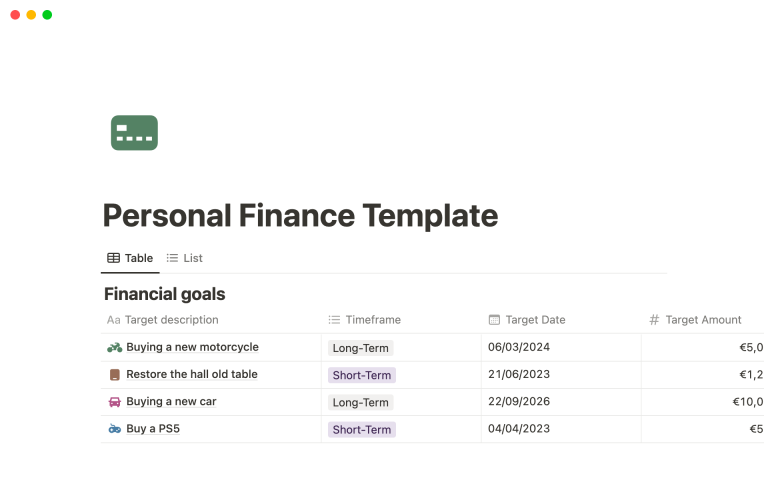In today’s financial landscape, individuals are increasingly seeking avenues to build wealth and create passive income streams. One of the most effective strategies that investors can employ is dividend stock investing for passive income. This investment approach involves purchasing shares of companies that return a portion of their profits in the form of dividends, allowing shareholders to reap the benefits of their investments without actively managing them. This article explores the fundamentals of dividend stock investing, its advantages, and essential tips for successful long-term investing.
The Power of Dividend Stock Investing for Passive Income
Dividend stock investing for passive income has gained traction in the investment community, and for good reason. It symbolizes a blend of financial security and the potential for capital appreciation. Investors who prioritize dividend stocks often enjoy regular income in addition to any capital gains realized from stock price appreciation. This dual approach allows for a well-rounded investment strategy that can be particularly beneficial during periods of market volatility.
Furthermore, many investors appreciate the predictable nature of dividend-paying stocks. While stock prices can fluctuate wildly, dividends tend to provide a steady income stream, often paid quarterly. This reliability can be especially important for retirees or anyone seeking a more stable form of income. By focusing on dividend stock investing for passive income, investors can cultivate a diversified portfolio that mitigates risk while enhancing opportunities for wealth accumulation.
How to Choose the Right Dividend Stocks
To fully capitalize on the benefits of dividend stock investing for passive income, it’s crucial to know how to select the right stocks. Here are several key factors to consider when evaluating potential dividend investments:
1. Dividend Yield
The dividend yield measures how much a company pays out in dividends each year relative to its stock price. A higher yield often signals a promising return on investment. However, it’s essential to assess whether the yield is sustainable. A company with an extremely high dividend yield may be struggling, which can pose risks to your investment.
2. Dividend History
Examine the company’s dividend payment history. A reliable company will demonstrate a consistent track record of paying its dividends over time, ideally with regular increases. This can indicate the firm’s commitment to returning value to shareholders and financial stability. Check for companies that have consistently raised their dividends for years, as this trend often correlates with strong performance and prudent management.
3. Earnings Stability
Investing in companies with stable and predictable earnings enhances the safety of dividend stock investing for passive income. Companies that show robust earnings growth have the capacity to increase dividends, thus providing long-term value. Conducting research and evaluating earnings reports is vital in identifying companies with sound financial health.
Building a Diversified Portfolio of Dividend Stocks
Creating a diversified portfolio is a key strategy in dividend stock investing for passive income. By investing across various sectors, you can mitigate risks that come with market fluctuations. Here are some effective strategies to maintain a well-rounded dividend portfolio:
1. Diversify Across Industries
Investing in companies across different industries can protect your portfolio from sector-specific downturns. Consider allocating funds to technology, consumer goods, healthcare, and utilities, among others, to ensure a balanced approach.
2. Consider International Dividend Stocks
Don’t limit your investments to domestic stocks. International dividend stocks can provide exposure to emerging markets and enhance diversification. Be sure to research the economic stability of the countries you’re considering, as well as the tax implications of foreign investments.
3. Reinvest Dividends for Compound Growth
Utilizing dividend reinvestment plans (DRIPs) can significantly enhance the growth potential of your investments. Reinvesting dividends allows you to purchase additional shares, increasing your future dividend income and compound growth over time. This strategy makes dividend stock investing for passive income a snowball effect, as your earnings generate further earnings.
Understanding the Risks of Dividend Stock Investing
While dividend stock investing for passive income can be rewarding, it isn’t without its risks. It’s essential to be aware of potential pitfalls that can affect your investment:
1. Market and Economic Risks
The stock market is inherently volatile. Economic downturns can affect dividend payouts, as companies may cut dividends to preserve cash during tough times. Ensuring proper research and having a risk management strategy helps mitigate these risks.
2. Inflation Risk
Inflation can erode the purchasing power of your dividend income. If the rate of inflation surpasses your dividend yield, the real value of your returns diminishes. To overcome this, invest in companies with a strong history of increasing dividends, often referred to as “dividend aristocrats.”
3. Interest Rate Risk
Interest rates and dividend yields are inversely related. When interest rates rise, fixed-income investments (like bonds) may attract more investors, causing dividend-paying stocks to lose their appeal. Staying informed about economic trends can help you anticipate these shifts and act accordingly.
Best Practices for Sustaining Dividend Income
To successfully manage dividend stock investing for passive income, consider implementing the following best practices:
1. Regularly Review Your Portfolio
Maintaining a regular review of your portfolio is key to ensuring that your investments remain aligned with your financial goals. Set aside time each quarter to evaluate the performance of your dividend stocks, and consider making adjustments as necessary.
2. Stay Informed About Market Trends
Information is power in the world of investing. By staying updated on market trends and economic conditions, you can make informed decisions regarding buying, selling, or holding your dividend stocks. Financial news, investment newsletters, and market analysis will support your success in this area.
3. Network with Other Investors
Connecting with other investors can provide valuable insights and strategies for successful dividend stock investing for passive income. Consider joining investment forums or local investment groups to exchange ideas and stay motivated. Learning from experienced investors can be an invaluable asset.
A Concluding Thought on Dividend Investing
In conclusion, dividend stock investing for passive income represents a compelling option for building long-term wealth. The strategy not only provides regular income through dividends but also positions investors for potential capital appreciation. By selecting the right stocks, diversifying your portfolio, and adhering to best practices, you can create a sustainable and lucrative investment strategy. Advocating careful research and patience, successful dividend investing can be a cornerstone of your financial future.
Visual Representation of Dividend Investing for Passive Income

Investing in dividend stocks isn’t just about immediate financial returns; it’s about building a legacy of wealth through prudent financial choices. As you embark on your dividend investing journey, keep these principles at the forefront, ensuring that your investment strategy is both robust and adaptable to changing market conditions.


